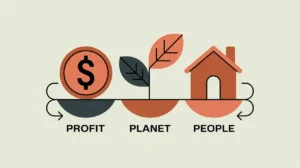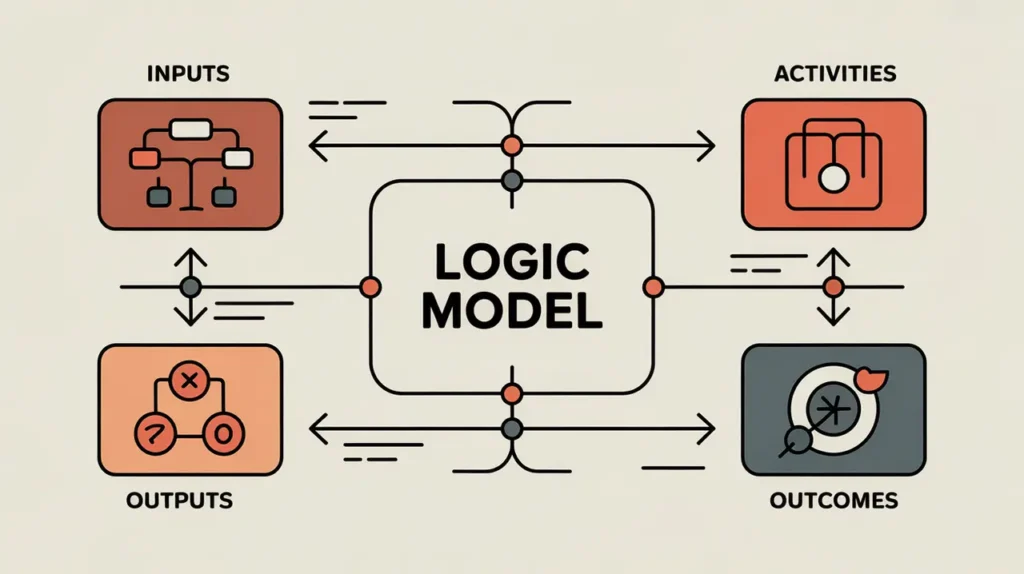Importance of Market-Based Solutions
Market-based solutions use business models and market mechanisms to address social and environmental challenges. They are important because markets can mobilize resources, scale innovations, and sustain impact beyond the limits of philanthropy or aid. In development and social innovation, market-based solutions matter because they align incentives for impact with financial sustainability, enabling durable and scalable change.
Definition and Features
Market-based solutions are approaches that harness supply, demand, and exchange to create both social value and economic returns. Their defining features include:
- Sustainability – generate revenue to reduce dependence on grants.
- Scalability – leverage market forces for wider adoption.
- Affordability and Access – design products and services for underserved populations.
- Innovation – use competition and entrepreneurship to improve solutions.
- Impact Orientation – prioritize measurable social or environmental benefits alongside profit.
How this Works in Practice
In practice, market-based solutions may include affordable solar home systems sold to off-grid households, microfinance institutions providing credit to the unbanked, or agricultural cooperatives connecting smallholder farmers to fair markets. Social enterprises like d.light or Grameen Bank demonstrate how market models can extend essential services sustainably. Challenges include ensuring affordability for the poorest, preventing mission drift, and addressing market failures that exclude vulnerable groups.
Implications for Social Innovation
Market-based solutions strengthen social innovation by embedding impact within sustainable economic models. For practitioners, they provide pathways to scale beyond donor cycles. For funders, they highlight opportunities to blend grants with investment capital. Market-based solutions can balance financial viability with equity, ensuring that innovation survives and drives systemic social progress.







